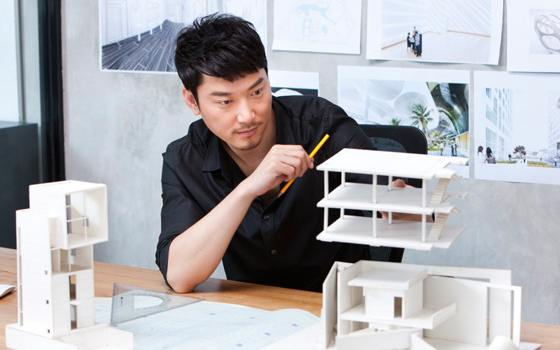- MENU
- HOME
- SEARCH
- WORLD
- MAIN
- AFRICA
- ASIA
- BALKANS
- EUROPE
- LATIN AMERICA
- MIDDLE EAST
- United Kingdom
- United States
- Argentina
- Australia
- Austria
- Benelux
- Brazil
- Canada
- China
- France
- Germany
- Greece
- Hungary
- India
- Indonesia
- Ireland
- Israel
- Italy
- Japan
- Korea
- Mexico
- New Zealand
- Pakistan
- Philippines
- Poland
- Russia
- South Africa
- Spain
- Taiwan
- Turkey
- USA
- BUSINESS
- WEALTH
- STOCKS
- TECH
- HEALTH
- LIFESTYLE
- ENTERTAINMENT
- SPORTS
- RSS
- iHaveNet.com: Technology

Could I Use 3-D Printing?
by Craig Mellow
According to some enthusiasts, 3-D printing is something like a cross between Harry Potter’s wand and R2D2, the good-natured handyman robot from Star Wars. NASA is reportedly funding research on printing space-traveling pizzas. Architects, tired of just churning out scale models, aim to 3-D print an entire skyscraper (there are already 3D-printed houses). A scientist’s TED talk envisions printing spare human kidneys.
While big innovation usually comes at a hefty investment, smaller businesses have also been taking advantage of 3-D printing technology without sacrificing their bottom line. If you’re considering 3-D printing for your business, here’s what you need to know about the investment, what it can do for you and how it can benefit business.
Is a 3-D printer a realistic investment?
The current reality for small businesses and entrepreneurs is rather more modest than the technology it would take to print space pizza. You can buy a 3-D printer from manufacturers like MakerBot or 3D Systems for about $2,000 these days. But their capacities are currently limited to small plastic models (10-by-8-by-6 inches), and are geared toward the inveterate tinkerer who wants to spend a lot of time with it (and is not flummoxed by break-downs and malfunctions). One model recommended for small business, with a wider choice of materials and much-needed tech backup, costs $10,000 -- not an impulse investment.
How do 3-D printers work their magic?
Just like an old ink-jet printer with its array of multi-colored cartridges, 3-D printers also come with cartridges, only they’re filled with liquid or powdered plastics. They include a heating mechanism to transform that liquid or powder into solid form, and “arms” to mold it to the specifications of the submitted design. More advanced 3-D printers incorporate lasers for greater speed and versatility, and can mold metals and other materials, but the price can rapidly advance to beyond most small businesses’ budgets.
How do they benefit business?
3-D printing is a great boon for manufacturers, particularly manufacturers of small objects or components. The technology enables them to experiment with different models and prototypes, more or less as easily as reprinting a page of text after changing one sentence. A perfect example is New York-based Spuni, which produces plastic baby spoons. CEO Marcel Botha told CNN that by using an off-the-shelf $2,000 3-D printer he could knock out prototypes for $5 each, compared to the traditional outsourcing cost of $50.
Another small business growing big with the help of 3-D printing is Olloclip, a California-based company that makes a snap-on camera accessory for iPhones. This involves a lot more than molding plastic, and chief executive Patrick O’Neill told Entrepreneur magazine he has invested $50,000 in 3-D printers, which is paying back handsomely. While Olloclip, like Spuni, farms out its completed designs to traditional manufacturers, 3-D printing allows Olloclip to respond much more quickly to Apple’s blistering development pace.
However, it may be a bit of a leap from these disciplined examples to the idea that any small business can churn out fantasy products for a reasonable price; 3-D printing is indeed a stunning technological advance with amazing potential, but unless you’re an Etsy seller, it isn’t magic just yet.
Luckily, a brace of middlemen have sprung up to help small businesses get their feet wet; you can simply send them a design for 3-D printing and have it printed on their equipment. The most prominent is Shapeways.com, located in New York. Competitors include Sculpteo.com and Ponoko.com. These sites also allow users to sell their wares once they are printed, turning Shapeways into a sort of online global crafts fair, where artisans offer custom-sculpted specialties from earrings to out-of-stock Lego pieces.
Article: Copyright ©.